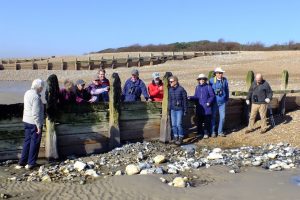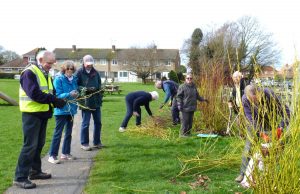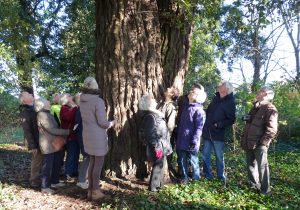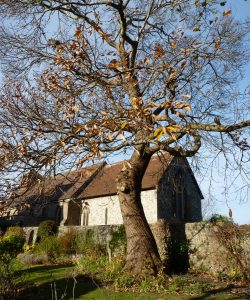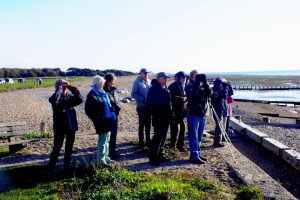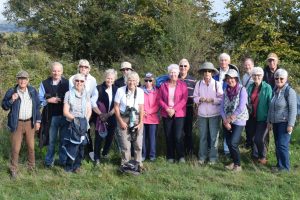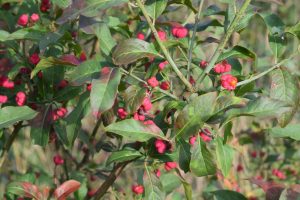For their March meeting Ferring Conservation Group welcomed Mike Russell a former Sussex Wildlife Trust warden at Woodsmill, and although now retired Mike still helps out there on occasion. Mike gave an interesting and informative talk entitled ‘The Wonder of Migration’ illustrated with many excellent photographs.
Mike began by explaining that bird migration is all about survival. Land areas change with the seasons and what may seem like a perfect summer home can become a death-trap in winter. Unfortunately most insects disappear in winter during cold weather whereas in the warm climate of Africa there is an endless supply. The urge to migrate is stimulated by the change in temperature, lengthening daylight, the urge to breed and prevailing conditions in wintering grounds. Birds prepare for migration by spending many hours stocking up with food ready for the long journey ahead and their bodies have a special ability to turn food quickly into fat. The fat forms a layer beneath its skin, which is converted into energy as the birds fly and this gives them enough strength to migrate all the way to Africa.
A spell of calm weather with clear skies is usually the signal to start migration and birds navigate by using the position of the sun and stars with most birds migrating at night. Using the magnetic fields to guide them to familiar landmarks and traditional stopping off points and genetic imprinting enables birds to instinctively know to fly south. Birds have to deal with all kinds of dangers on the way – from bad weather and predators to exhaustion and starvation. Storms at sea can drive birds into waves where they drown and sandstorms or wildfires can cause similar problems.
Over one million birds have been ringed in the UK, 41,600 here in Sussex in an attempt to learn more about this incredible wonder of the natural world and Mike surprised the audience by explaining that the concept of bird migration is relatively new. It is only a hundred years or so since people have come to recognise this bird behaviour but even with all the advantages of modern technology, we still have lots to learn.
Tricia Hall followed the break for tea with her Nature Notes slot and advised the Group that the many trees planted along the banks of the Rife are looking healthy. She suggested that the vegetation that had grown up between the trees should be left to encourage birds to breed. Bees had been seen feeding on Blackthorn blossom and Celandines, Red Nettle, Daisies and Speedwell were all looking pretty around the village. Tricia had also noted that the leaves on the willow trees in Little Paddocks were already visible and the Cormorant had once again taken up residence there. Also many Greater Spotted and Green Woodpeckers had been seen and heard in the Plantation at Goring and a Reed Bunting had been heard along the Rife.
Ed Miller concluded the meeting by keeping the Group up to speed with planning news and informed the audience that the planning application for the demolition of a 2 bed bungalow and the building of a 2 bed house at 11 Ocean Drive had been refused by Arun DC. There is a new application for a 10th apartment at Southpoint in South Ferring; a proposal for a house to be built in the side garden at 30 Rife Way and a bungalow to be built in the back garden of 2 The Grove. A revised plan for a smaller bungalow to be built in the garden of Elm Lodge in Tamarisk Way has also been submitted to Arun. ASDA have submitted an early application to secure 24 hour opening over the next Christmas period. Ed also advised the Group that appeals were still pending at 4 Sea Lane, 11 Telgarth Road and 21 Ocean Drive.

